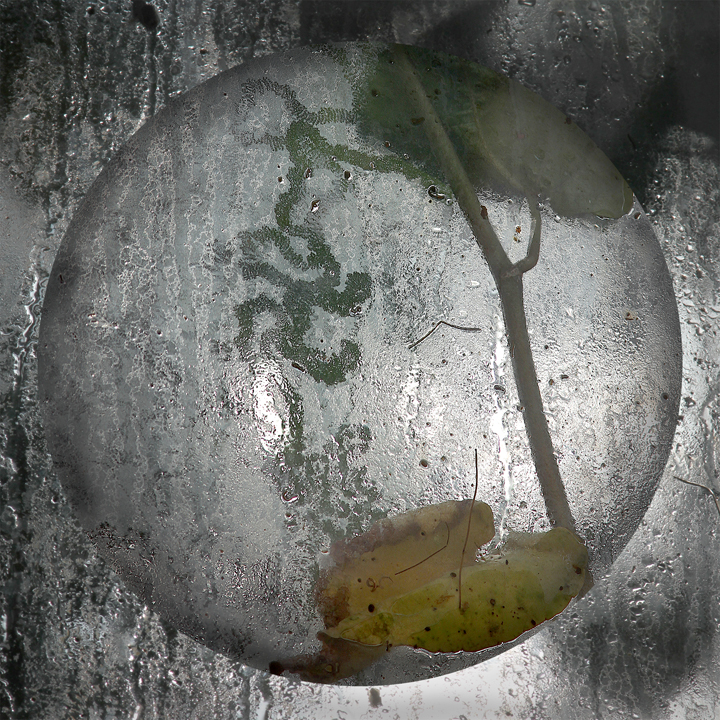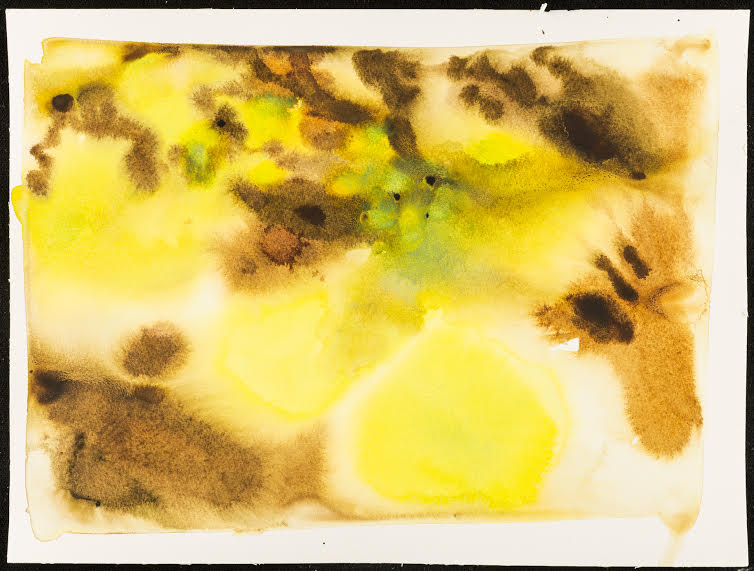What: ROT: The Afterlife of Trees — Forest Ecology Research Interpreted Through the Arts (more images available)
Where: The Arts Center, 700 SW Madison, at Central Park, Corvallis OR 97333
(free parking available)
When: January 14 – February 25, 2016
Reception: January 21, 5:30 – 7:30 PM
Corvallis Art Walk: January 21 and February 18, 4:00 – 8:00 PM
Brown Bag Art Talk: January 28, 12 noon
Poetry, music and performance art: ROT, Poetry & Music inspired by ecology of decay, Saturday February 20, 3:00 PM
Hours: Tuesday through Saturday, noon – 5:00 PM
Website: www.theartscenter.net
Research into dead trees comes alive at The Arts Center with “Rot: The Afterlife of Trees”, a multi-media arts exhibition in the Main Gallery January 14 – February 25, 2016. The Rot project has been an extensive collaboration between the OSU Department of Forestry, the H.J. Andrews Experimental Forest, Spring Creek Project at OSU, the Contemporary Music Department at OSU, and The Arts Center. A variety of visual, written and performing arts media resulted from the project.
99_DF_ Deborah Springstead Ford: Reality of It’s presence, photography
In 2014 Dr. Harmon, Professor and Richardson Chair in Forest Science at OSU and a nationally recognized forest researcher on tree decomposition asked The Arts Center to help him mount an exhibition about decomposing logs. The Arts Center has a history of combining the arts and sciences in themed exhibitions. Scientists and artists have a similar curiosity about how the world around them works. Art about science and art inspired by science is a natural combination and very engaging to gallery visitors. The Rot exhibit shows the artwork of artists inspired by Dr. Harmon’s research and the phenomenon of tree decomposition, and what happens after a tree “dies.”
Dr. Harmon led three groups of artists around in the H.J. Andrews Experimental Forest in the Lower Cascades. This forest is a unique laboratory that also offers visual artist residencies, and has had a long-term collaboration with Spring Creek Project for writer and poet residencies. The Humanities play a large role in this otherwise pure science environment. Spring and fall the visits were in true rain forest conditions, while the summer visit was a walk in the woods.
Artists were taken to sites of decomposition research including a river streambed where logs showed very little signs of decay, and an area where the logs had decomposed almost completely into new soil. They were shown that there is more life in and around a “dead” tree than when that same tree was considered “alive.” Artists gathered information, took notes, photographs, sound samples, made sketches and then created final works for the show.
15_KC_ Kathleen Caprario: DeComp, watercolor study
Twenty four Oregon artists are represented in the exhibition. Media represented includes paintings and photography that visualize data, sculptures, installation and performance art, as well as contemporary music. Viewers will see how artists interpret the phenomena of ROT in very different ways. Much of the artwork shows there is unexpected beauty in decay.
To accompany the exhibit The Arts Center releases a full color catalog with essays by Dr. Mark Harmon, H.J. Andrews Experiment Forest’s Artist in Residence, Leah Wilson, and Charles Goodrich from the Spring Creek Project. Each artist in the show is represented with an image of their work, as well as their statements.
A variety of special events are planned during the Rot Exhibition:
• Artist Reception, Thursday, January 21, 4-8 pm, (during the Third Thursday Corvallis Arts Walk (CAW))
• Performance by Kaitlyn Wittig-Mengüç, Thursday, February 18, 4-8, (also during the CAW.)
• Brown Bag Art Talk, Thursday, January 28, 12 noon
• ROT, Poetry & Music Inspired by Ecology of Decay — a program of performing arts and music, Saturday February 20, 3 pm (including cookies and soft cider).
Participating artists:
Joey Azul: Decomposing (ART), collage, mixed media
David Paul Bayles, Decompose, photography (3 pieces)
Julia Bradshaw, Experiments and Research, photography
Michael Brophy, Driftwood 9, oil on canvas, courtesy Laura Russo Gallery
Kathleen Caprario, DecComp Study 1 and 2, watercolor
Carol Chapel, Carabidae, etching
Karen Clark, Log Rot Landscape, acrylic, mixed media
Jeanne Drevas, Moon Map, bark, mixed media
Sally Finch, Site 1 – 4, watercolor
Deborah Springstead Ford, Reality of It’s Presence and Riveting Itself to the Presumed photography
Andries Fourie, Andrew’s Web, sculpture
Sara Anne Graham, Elemental Patterns of the Life Cycle of a Tree, mixed media
Jane Anne Herbst, Pitcher and Cups, ceramic
Lee Imonen, Picket Fence, sculpture
Bob Keefer, Tree 2015.55 and Tree 2015.55 6, hand colored bl/wh photography
Kristin Kuhns, After the Fall, sculpture
Gabriel Liston, Fresh Corpse, oil on panel
Bill Marshal, The Way In, acrylic on canvas
Kathee Moore, Changing of the Guard and Circles of Life, photography
Jeri Oswalt, Moss Box 2, fiber, mixed media
Breanne Sherwood, I Owe a Great Deal to Prevailing Western Winds, fiber, installation
Sara Swanberg, Fast Water in the Owyhee River Canyon and Icelandic Landscape, wood, ceramic
Leah Wilson, Sustaining More Life in its Death, mixed media
Kaitlyn Wittig Mengüç, Wake, performance
The Arts Center thanks the following for making this exhibition possible:
The Ford Family Foundation
The Ford Family Foundation serves the people and the communities of Oregon and Siskiyou County, California.
Sponsors:
Lucidyne Technologies
Oregon State University College of Liberal Arts, School of Arts & Communication
Sponsors of Youth Arts Education associated with the exhibition:
Plum Creek Foundation
Starker Forests, Inc.
Dr. Mark and Janice Harmon


